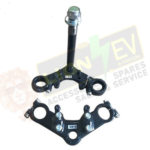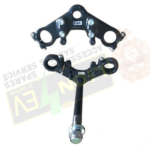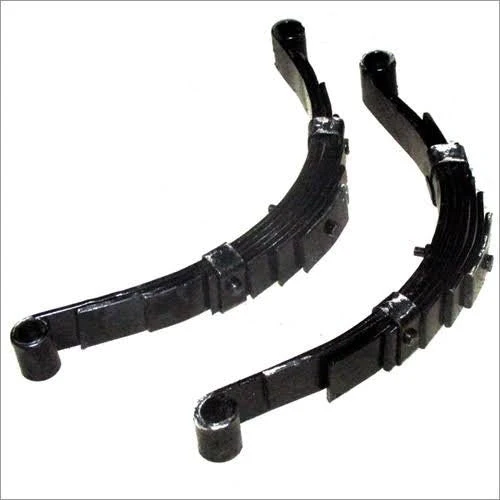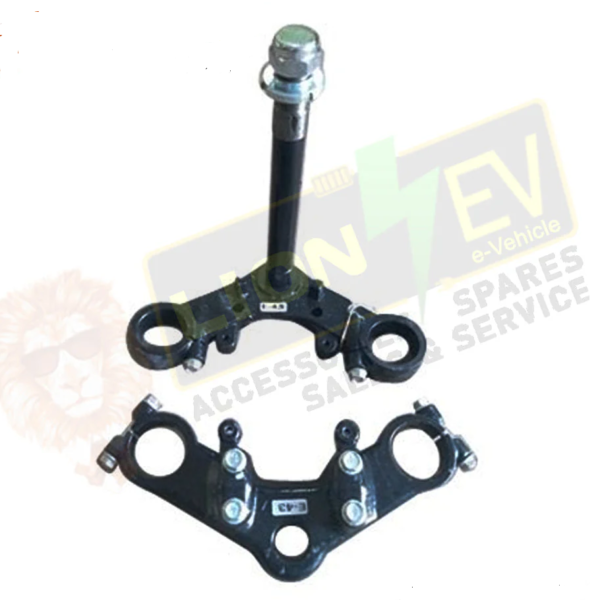

 Power Supply
Power Supply Electronic Components
Electronic Components Development Boards
Development Boards Sensors
Sensors Drone Parts
Drone Parts IoT & Wireless
IoT & Wireless E-Bike Parts
E-Bike Parts Mechanical components and workbench tools
Mechanical components and workbench tools



Hurry and get discounts on all Raspberry Products up to 20%
IBOTS1000
₹1,950.00 ₹1,480.00
Free
₹75 for parcels below 1 Kg and ₹100 for parcels weighing between 1 Kg to 2 Kg.
2-3 Days
₹75
₹125 for parcels below 1 Kg and ₹175 for parcels weighing between 1 Kg to 2 Kg.
2-3 Days
₹125
₹250 for parcels below 1 Kg and ₹325 for parcels weighing between 1 Kg to 2 Kg.
2-3 Days
₹250
Our courier will deliver to the specified address
2-3 Days
Rs. 99
Payment Methods:
1. Order the Product and Specify the Delivery Method
2. You Will Receive an Order Confirmation Message
3. Wait for Your Order to Arrive
4. Pick up Your Order at The Checkout Area
An electric rickshaw, also known as an e-rickshaw or electric three-wheeler, is a vehicle powered by electricity rather than traditional fuels like gasoline or diesel. These vehicles are commonly used for short-distance transportation in urban and rural areas, particularly in countries like India, China, and some Southeast Asian nations.
Here’s a detailed description of an e-rickshaw:
1. Electric Motor: E-rickshaws are equipped with electric motors that drive the vehicle. These motors are powered by rechargeable batteries, usually lead-acid or lithium-ion, which are mounted on the vehicle.
2. Three-Wheel Design: Unlike traditional auto-rickshaws, e-rickshaws typically have a three-wheel design, with two wheels at the rear and one at the front. This design provides stability and maneuverability on urban roads.
3. Passenger Compartment: The passenger compartment of an e-rickshaw is usually open-air, providing seating for passengers. Some models may have a canopy or roof for protection against sun and rain.
4. Charging System: E-rickshaws need to be recharged regularly to operate. Charging stations or outlets are required for this purpose. Charging times and range vary depending on the battery capacity and technology.
5. Safety Features: Modern e-rickshaws often come equipped with safety features such as headlights, indicators, rear-view mirrors, and seat belts for passengers. Some models may also have features like regenerative braking for improved efficiency.
6. Environmental Benefits: One of the primary advantages of e-rickshaws is their environmental friendliness. Since they run on electricity, they produce zero tailpipe emissions, reducing air pollution in congested urban areas.
7. Economic Impact: E-rickshaws provide employment opportunities for drivers and contribute to the local economy. They are often operated by small-scale entrepreneurs who lease or own the vehicles.
8. Regulatory Framework: Many countries have regulations governing the operation and safety standards of e-rickshaws to ensure passenger safety and environmental sustainability.
Overall, e-rickshaws offer a sustainable and affordable mode of transportation for short distances, contributing to efforts to reduce carbon emissions and improve urban mobility.
Only logged in customers who have purchased this product may leave a review.
Categories
Useful Links
Useful Links
No one rejects, dislikes.
It has survived not only.
All the Lorem Ipsum on.
All the Lorem Ipsum on.
 Power Supply
Power Supply Electronic Components
Electronic Components Development Boards
Development Boards Sensors
Sensors Drone Parts
Drone Parts IoT & Wireless
IoT & Wireless E-Bike Parts
E-Bike Parts Mechanical components and workbench tools
Mechanical components and workbench toolsNo account yet?
Create an Account
Reviews
Clear filtersThere are no reviews yet.